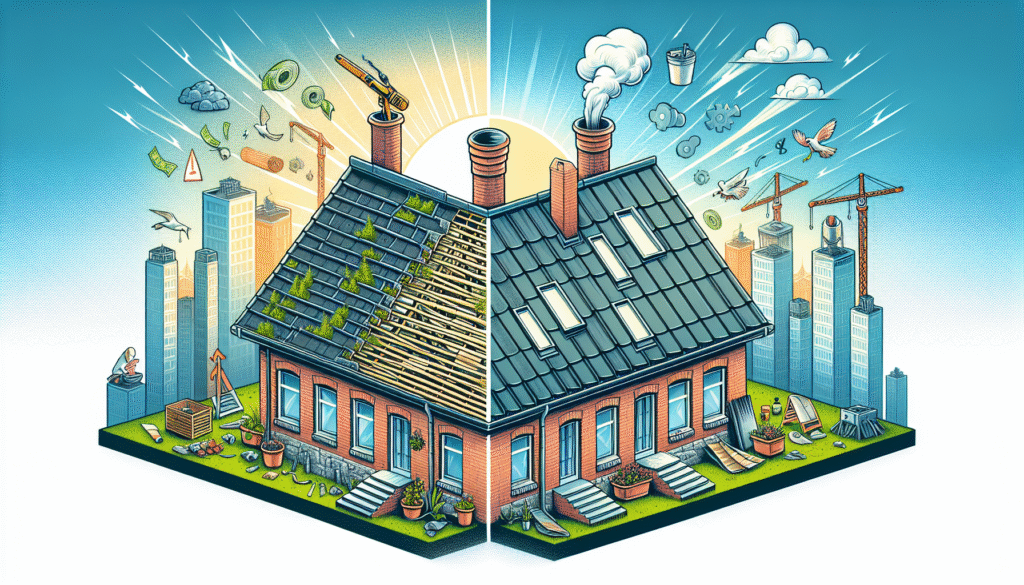Understanding Hotmelt Roof Waterproofing
When it comes to maintaining commercial properties like halls and warehouses, efficient roof insulation is crucial. Among the various methods available, hotmelt roof waterproofing has emerged as a leading solution. By leveraging bituminous-based materials, this method provides a continuous waterproof barrier that is long-lasting and robust, even under demanding conditions. In this article, we delve into how hotmelt technology works, its benefits, and why it stands out among other insulation approaches.
How Does Hotmelt Roof Waterproofing Work?
Application Process
The hotmelt system involves the application of a hot liquid waterproofing membrane directly onto the roof’s surface. This creates a seamless, monolithic layer that bonds perfectly with the substrate, reducing potential weak spots significantly. The membrane is then reinforced with a polyester layer, followed by additional protection layers to ensure durability.
Key Components
- Bituminous Membrane: The primary component, which forms the impermeable layer.
- Reinforcement Layer: Typically polyester, it adds structural integrity.
- Protection Layer: Usually gravel, paving, or soil, this shield guards against physical damage and UV rays.
Benefits of Hotmelt Roof Waterproofing
The advantages of employing hotmelt roof waterproofing are numerous, making it an appealing choice for developers and property managers.
Seamless Application
With no seams or joints, hotmelt technology minimizes leaks and maintenance issues over time. The liquid application ensures a perfect fit to any roof shape or design.
Durability and Longevity
Hotmelt systems are known for their long lifespan, often exceeding several decades with minimal maintenance. The bituminous membrane is highly resistant to temperature fluctuations, UV radiation, and mechanical impact, ensuring lasting performance.
Environmental and Cost Efficiency
- Low Maintenance Costs: With a durable and reliable system, maintenance costs are reduced significantly.
- Environmentally Friendly: Many hotmelt products use recycled materials and provide excellent thermal insulation, decreasing energy consumption.
Hotmelt vs. Other Insulation Methods
Comparison with Traditional Felt and Asphalt Systems
Unlike felt or asphalt-based systems, hotmelt roof waterproofing doesn’t require solvent-based adhesives, making it a safer and more environmentally conscious option. The thermal properties of hotmelt systems also surpass those of traditional methods, offering better energy efficiency.
Hotmelt vs. Single-Ply Membranes
Single-ply membranes, though popular, can be susceptible to punctures and UV deterioration. In contrast, hotmelt systems provide a thicker, more robust membrane that withstands wear and tear. Additionally, hotmelt roofing offers flexibility for accommodating intricate roof designs, which can be a limitation of single-ply membranes.
Is Hotmelt Roof Waterproofing Right for Your Project?
For developers, warehouse owners, and property managers, selecting the right insulation system is vital for protecting investments. Hotmelt roof waterproofing, due to its durability, cost-effectiveness, and environmental benefits, proves to be a compelling choice.
Factors to Consider
- Type of Structure: Hotmelt systems are particularly effective for flat roofs and low-slope designs.
- Climate Conditions: Due to its excellent thermal insulation, hotmelt is ideal for areas with extreme temperature variations.
- Budget Constraints: Although the initial installation cost might be higher, the long-term savings on maintenance and energy consumption justify the investment.
Getting Professional Advice
Before proceeding, consulting with a professional contractor with hotmelt experience ensures the proper selection and installation of the system, tailored to your specific needs and conditions.
Summary
Hotmelt roof waterproofing stands out as a premier choice for those seeking robust, long-lasting, and environmentally friendly insulation solutions. With advantages such as a seamless application, exceptional durability, and cost efficiency, hotmelt technology offers both immediate and long-term benefits. For any commercial property project, evaluating hotmelt insulation could be the key to safeguarding your investments against the elements while optimizing building performance.

